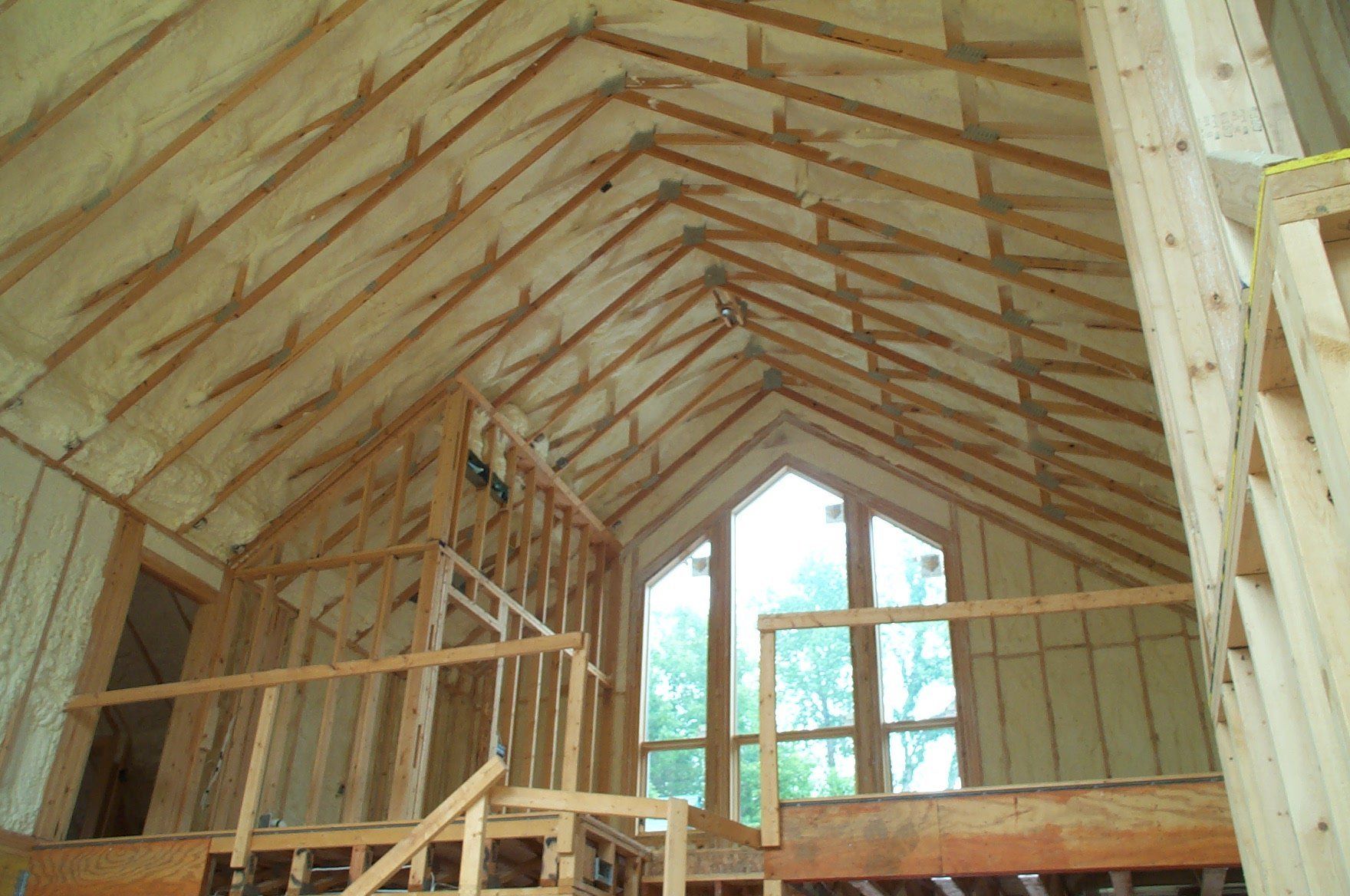Open Cell Foam or Closed Cell Foam
Which Is the Better Choice?
Midwest Poly-Solutions Ltd. applies both closed cell foam and open cell foam. Unless otherwise specified, we try to apply the most cost-effective product to meet or exceed design specifications. This is often open cell foam. There are many myths, misconceptions, and quite frankly, mistruths about open cell foam.
We are often asked, and sometimes even told that closed cell foam is "better than" open cell foam, or conversely, that open cell foam is "better than" closed cell foam. It is not as simple as one product being "better than" the other.
While closed cell foam may be the best choice in one type of application, open cell foam may be the best choice in another application. Closed cell foam is more versatile in the possible uses, with open cell foam having a few limitations.
These limitations are:
- It is not intended for exterior applications.
- It is not designed for contact with bulk water.
- It is not intended to be used in below grade applications.
- It is not a Type II vapor retarder.
If any of these design parameters are being specified, closed cell foam is not only the "better choice", it is the only choice. Closed cell foam is the required product for below-grade basement foundations, exterior building envelopes, or applications with significant temperature and/or relative humidity (pools, spas, and wine cellars).
Open cell foam, when used/specified appropriately wins the economic analysis every time. Both types of foam are air barriers, and when installed at equal R-values (i.e. different thickness), closed cell foam can easily cost twice as much as open cell foam. The cost/R of closed cell foam is double that of open cell foam, with no thermal performance difference.
Because open cell foam is more cost-effective when applied to equal R-values, the payback time for the spray foam insulation upgrade is much quicker. This means open cell foam is typically the better choice for interior applications that don't require the additional physical properties of closed cell foam. This often includes interior building envelope and insulation applications in wall cavities and attics.
Call us for FREE estimates
on all our services.
319-356-6500
Our family-owned and operated company has been serving the Eastern Iowa area since 1998.


